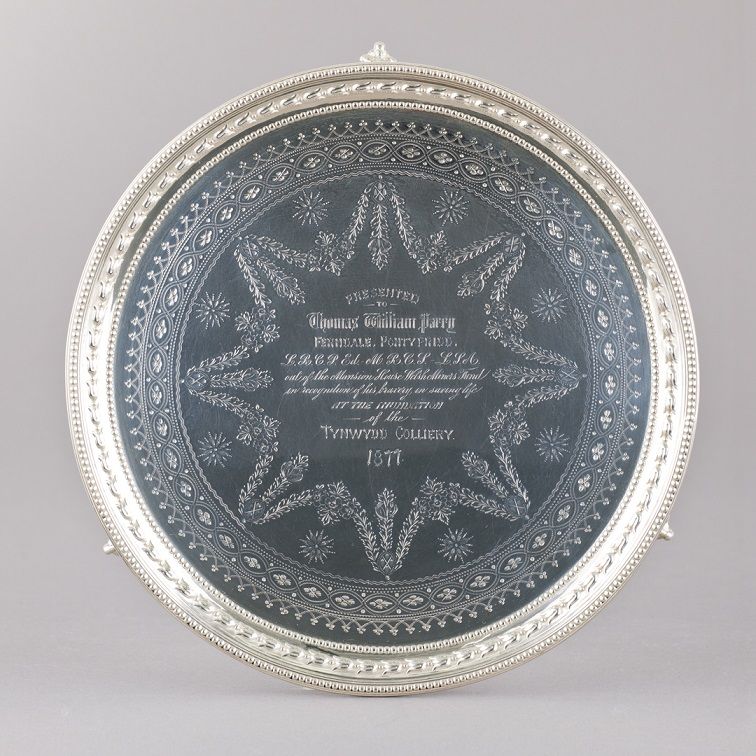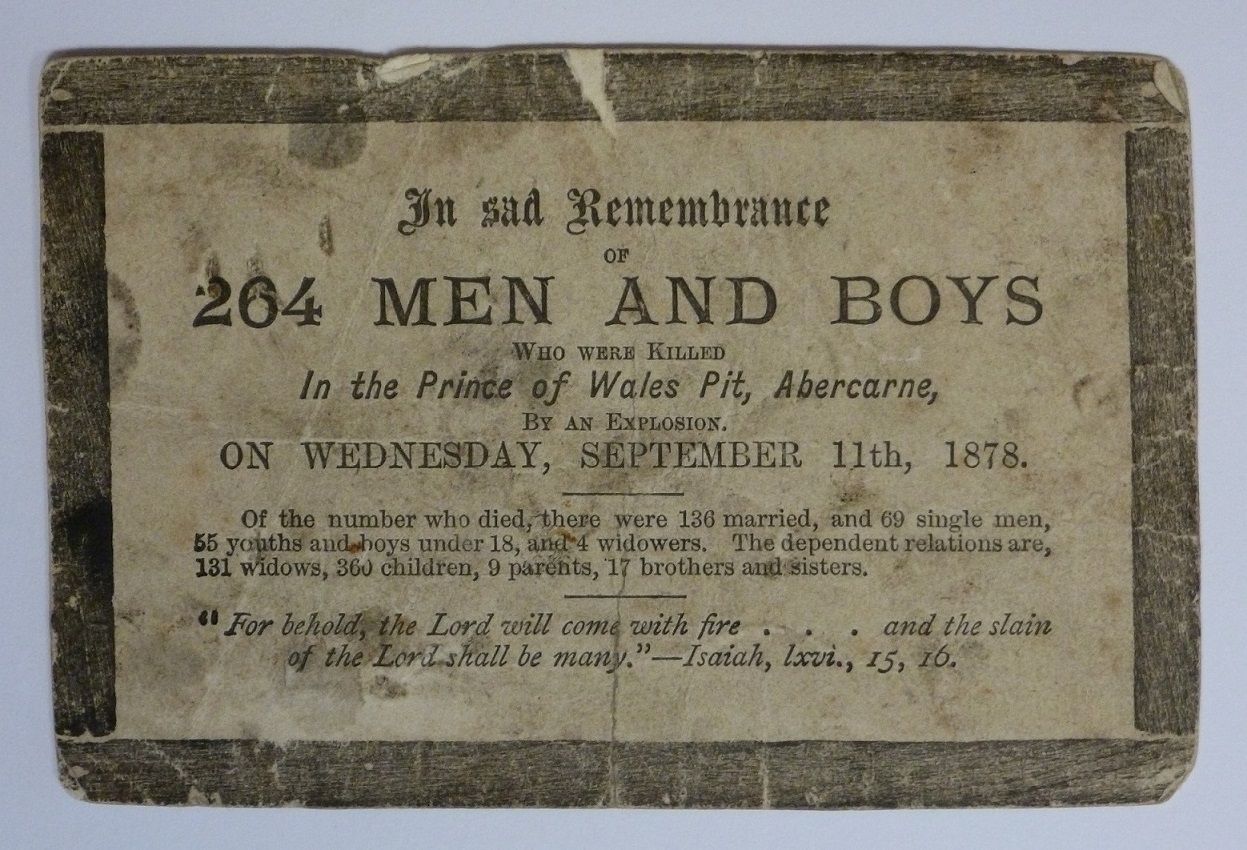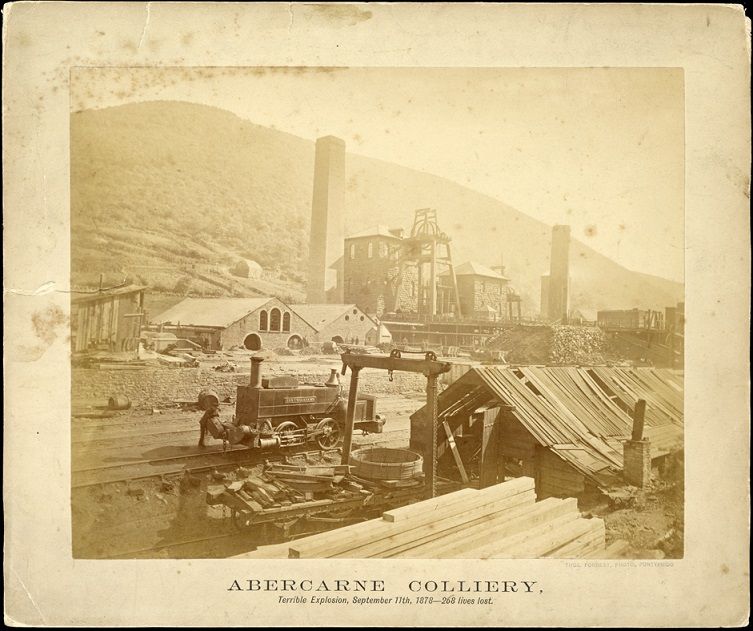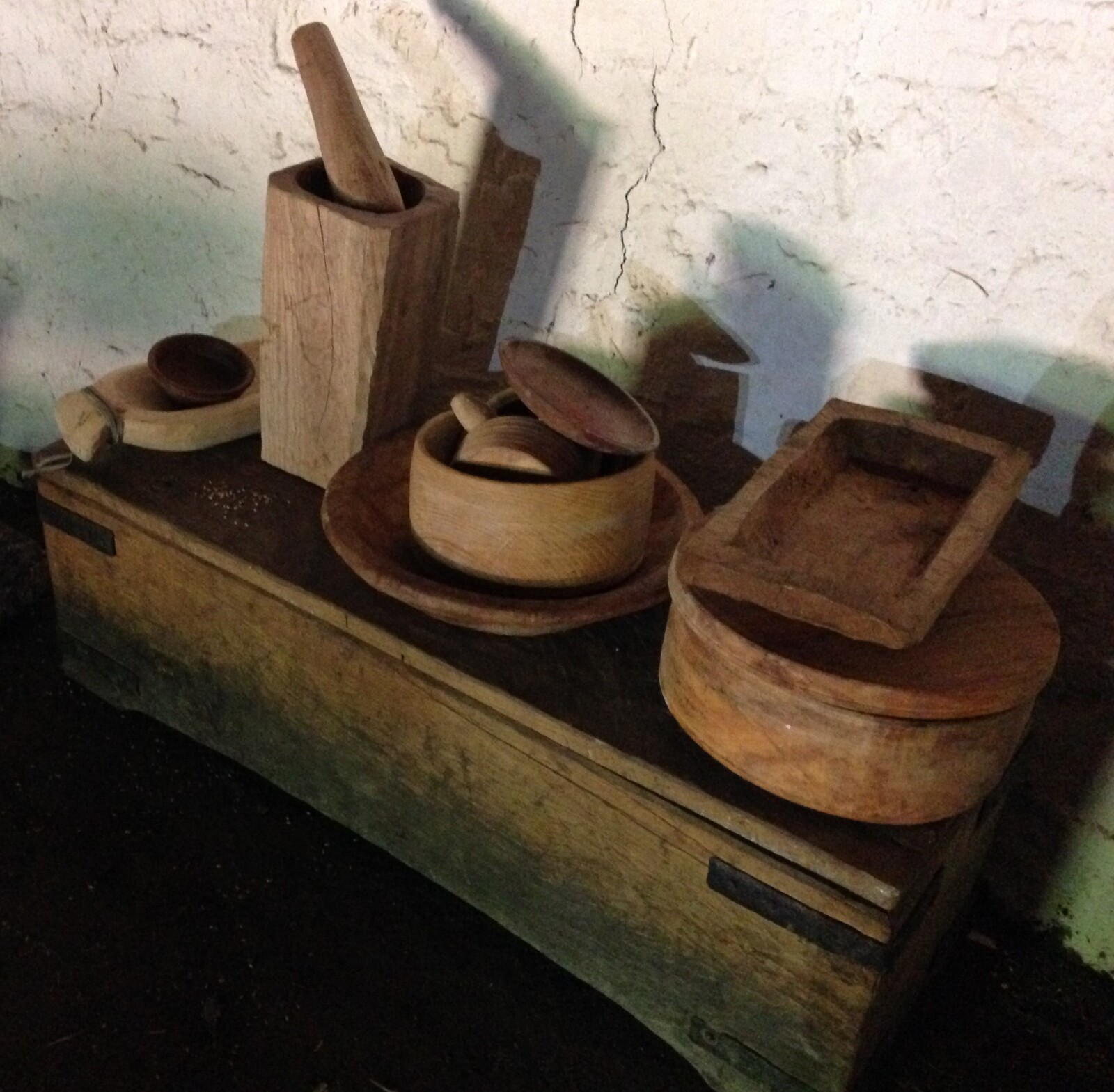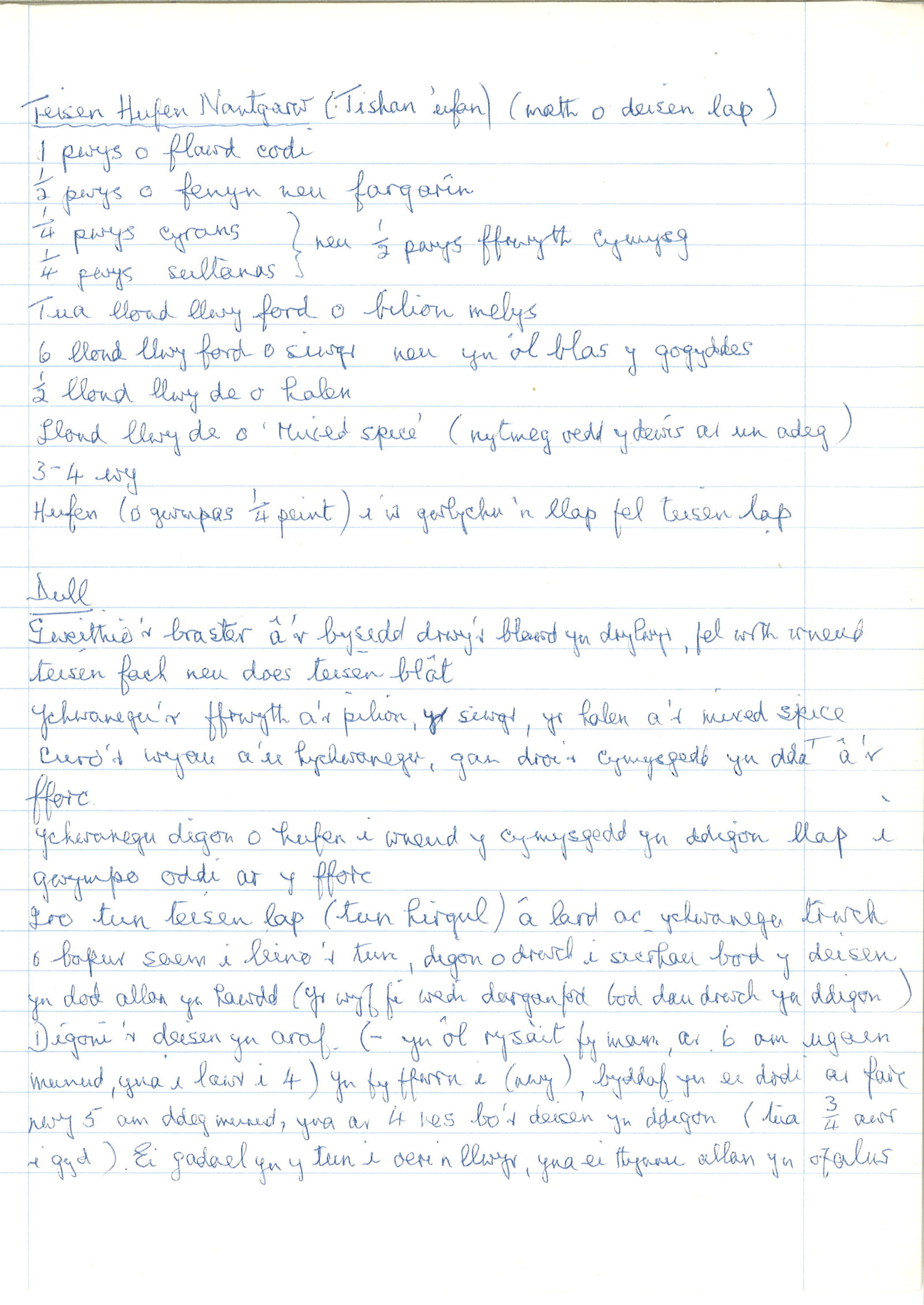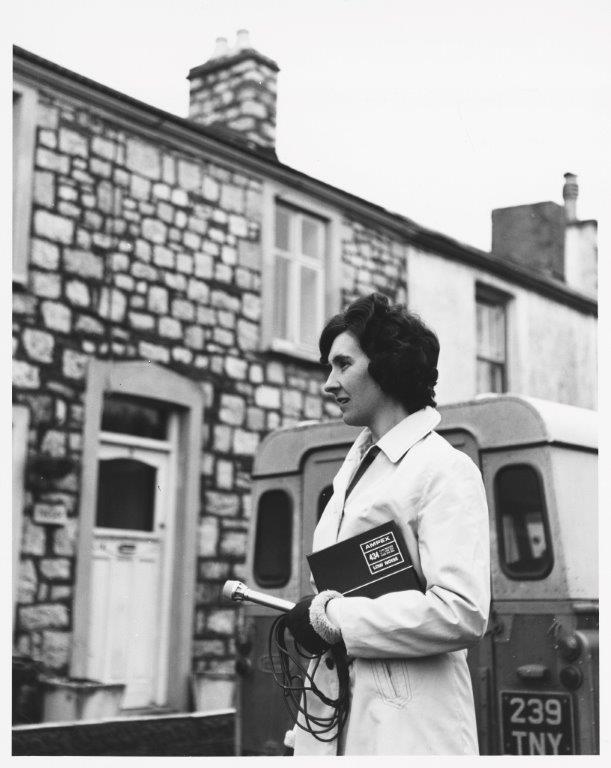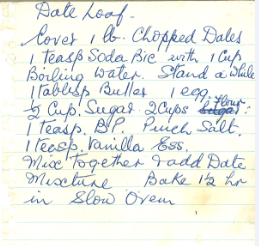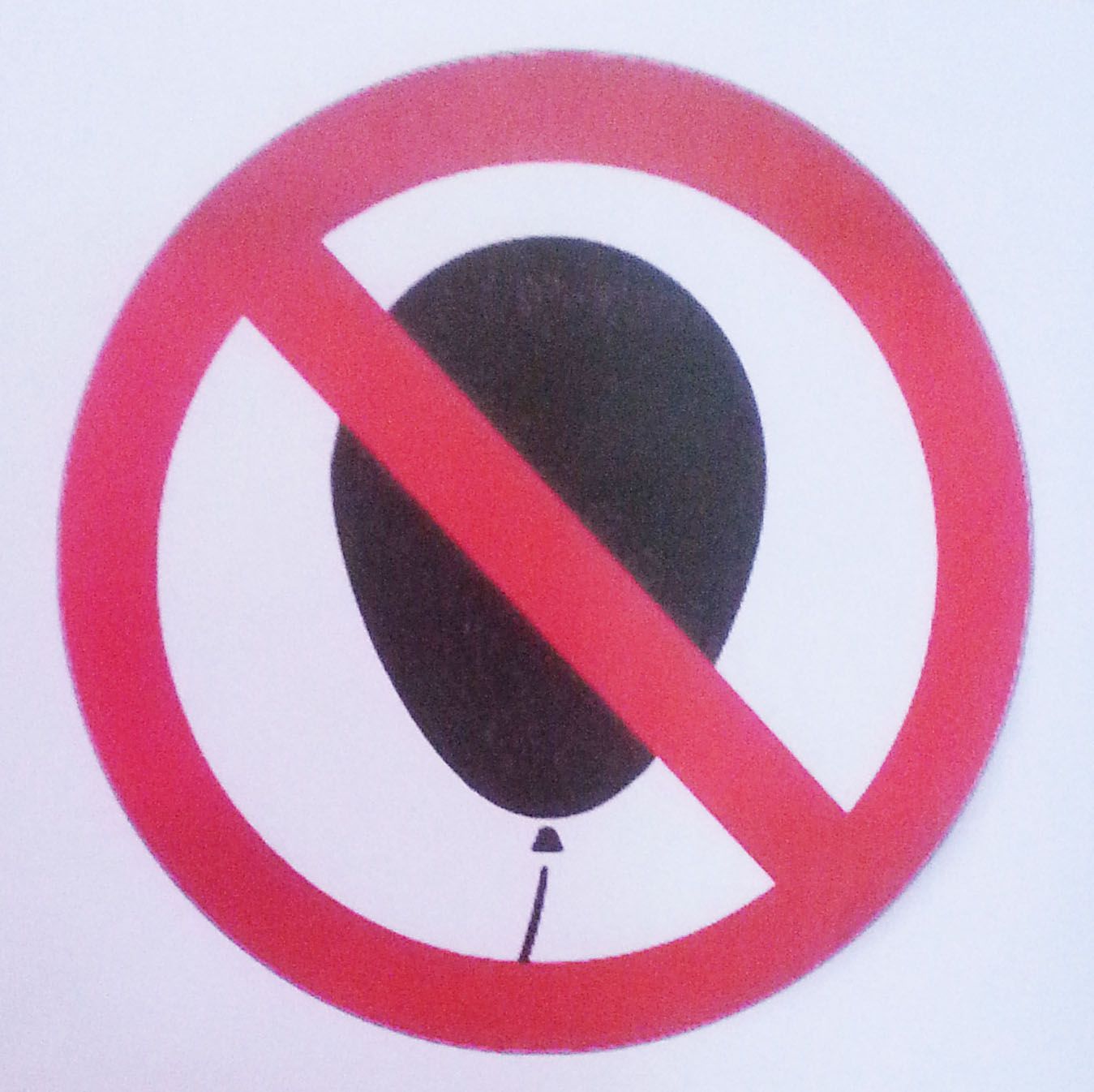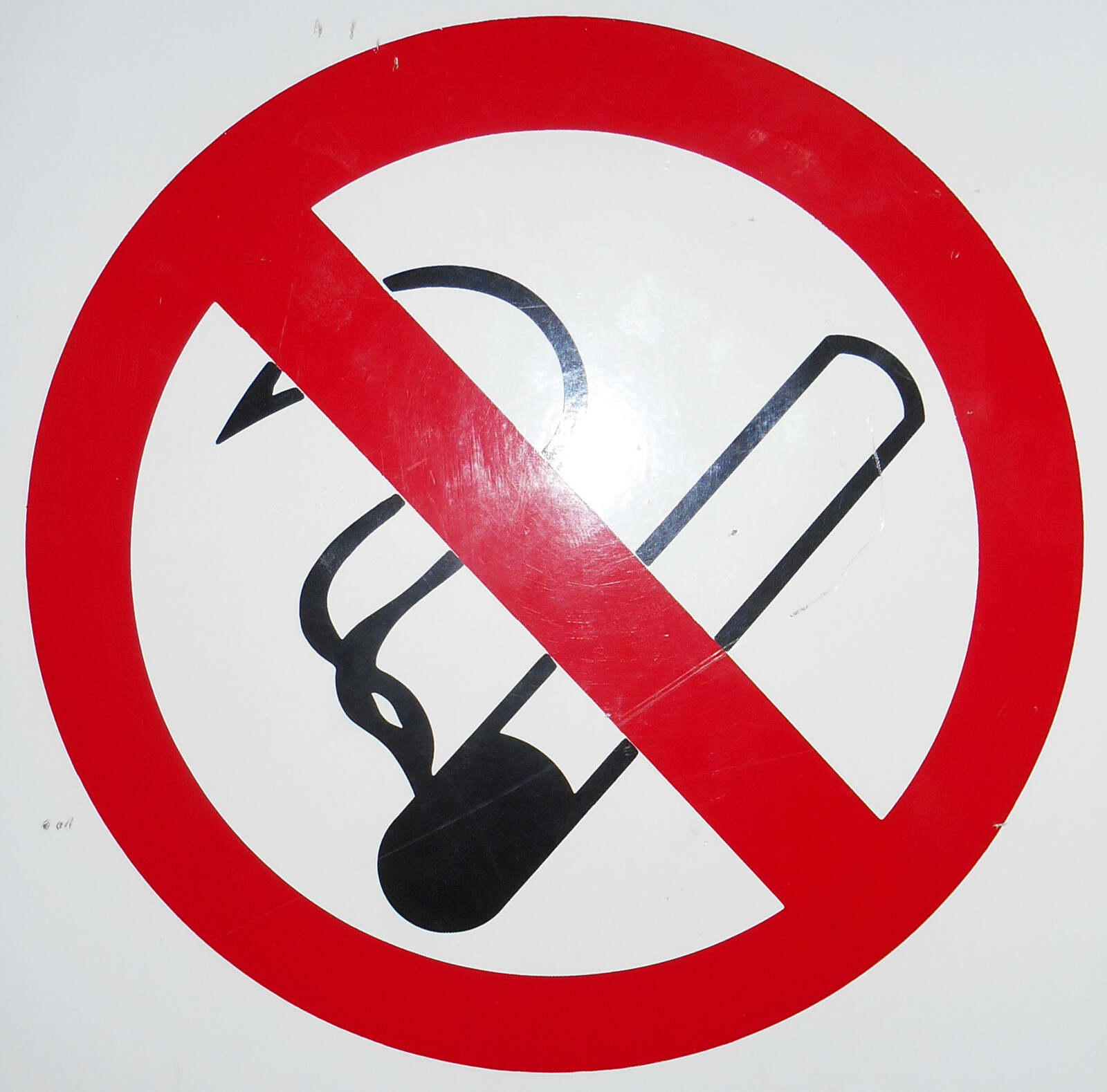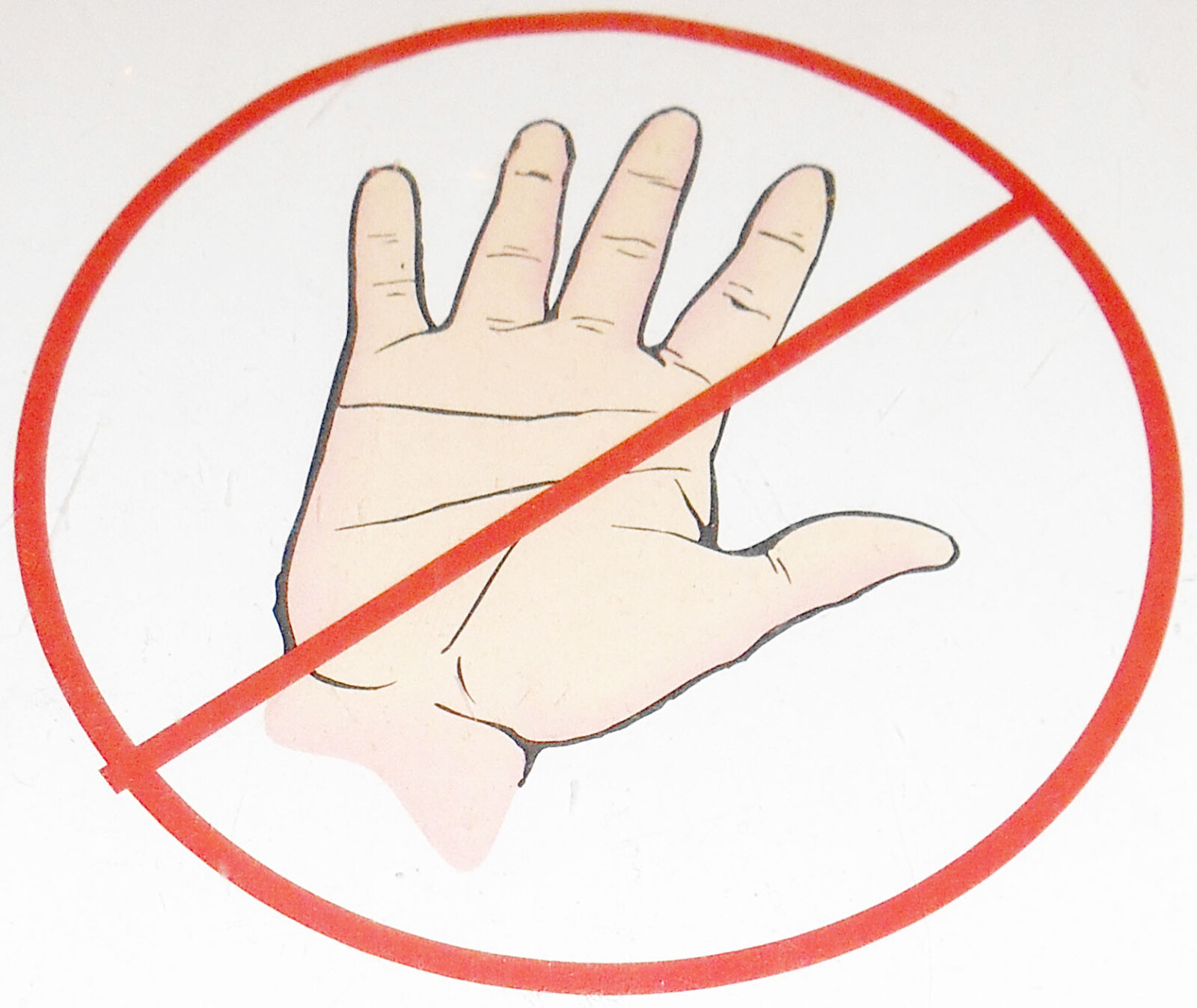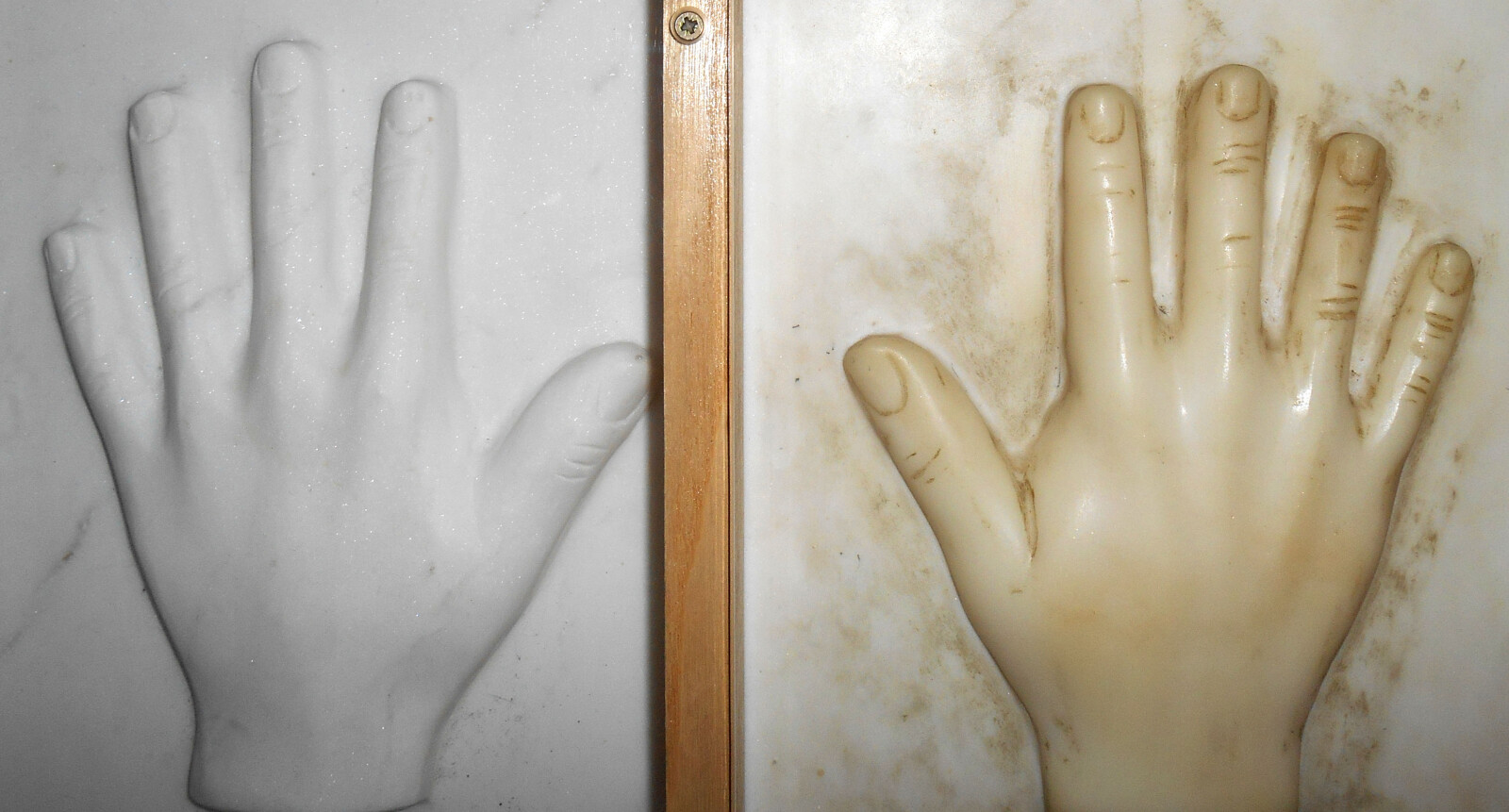Bryn Eryr: troi tŷ yn gartref
, 18 Awst 2015
Ers y blog diwethaf mae’r gwaith ar y safle wedi datblygu cryn dipyn. Rydym wedi gorffen y to gwellt ac mae camau olaf y gwaith tirlunio wedi dechrau. Mae banc pridd wedi’i godi o amgylch y ddau dŷ crwn i efelychu amddiffynfeydd cadarn gwreiddiol Fferm Bryn Eryr ar Ynys Môn. Adeiladwyd cysgod to glaswellt y tu ôl i’r tai a fydd yn cael ei ddefnyddio fel gweithdy awyr agored a gofod addysg ychwanegol. Mae’r waliau o ‘glom’ - sef cymysgedd o glai, isbridd a cherrig mân - yn union fel y tai crwn, ond mae’r to glaswellt yn esiampl arall o ddeunydd toi sydd bron mor hen â gwellt. Gosodwyd arwyneb cobl o flaen y tai crwn, sydd hefyd yn efelychu’r lleoliad gwreiddiol.
Yn ddiweddar rydw i wedi bod yn canolbwyntio ar ddodrefnu’r tai. Bydd y mwyaf o’r ddau yn gymharol wag (dim ond aelwyd a mainc bren yn dilyn y waliau) er mwyn ei ddefnyddio fel ystafell ddosbarth ac ardal arddangos. Mae’r tŷ llai yn dangos bywyd cartref fel yr oedd yn ystod Oes yr Haearn ac yn cynnwys dodrefn cyffredin i’r cyfnod – tân i gynhesu, gwely i gysgu, gwŷdd i greu dillad a blancedi - a cistiau pren yw storio, ynghyd a chrochan i goginio bwyd. Seiliwyd bron pob eitem ar esiamplau o’r cyfnod sydd wedi llwyddo goroesi dros 2000 o flynyddoedd. Mae’r grochan yn replica o lestr coginio copr a haearn a ganfuwyd yn Llyn Cerrig Bach, prin 25km o Bryn Eryr, ac wrth y tân bydd fersiynau syml o’r brigwrn a ganfuwyd yng Nghapel Garmon yn Sir Ddinbych. Mae’r llestri pren wedi eu seilio ar rhai a ganfuwyd ym mryngaer Breiddin ym Meirionydd tra bod y maeniau melin yn efelychu y rhai a ganfuwyd yn Bryn Eryr ei hun. Rydyn ni wedi cynhyrchu set lawn o offer trin coed yn dilyn esiamplau o fryngaerau fel Tre’r Ceiri a Castell Henllys. Mae hyd yn oed y blancedi wedi eu copïo o ddarnau o ddefnydd sydd wedi goroesi.
Gyda’r tŷ wedi ei ddodrefnu fel y byddai yn y cyfnod gallwn ni ddefnyddio’r lleoliad i ail-greu bywyd mewn tŷ crwn. Gyda chymorth crefftwyr, actorion a gwirfoddolwyr gallwn ni ddod i ddeall bywyd Oes yr Haearn yn well a helpu troi’r tŷ hwn yn gartref.

